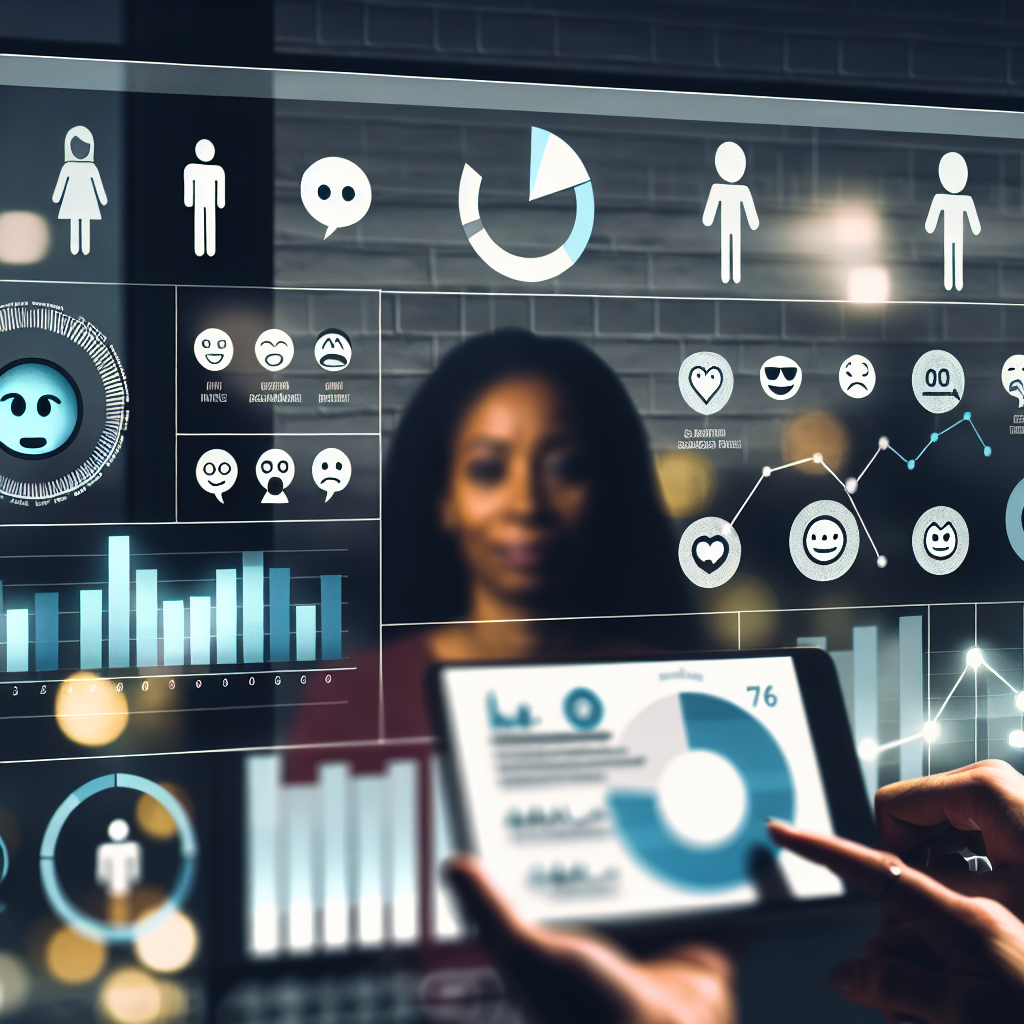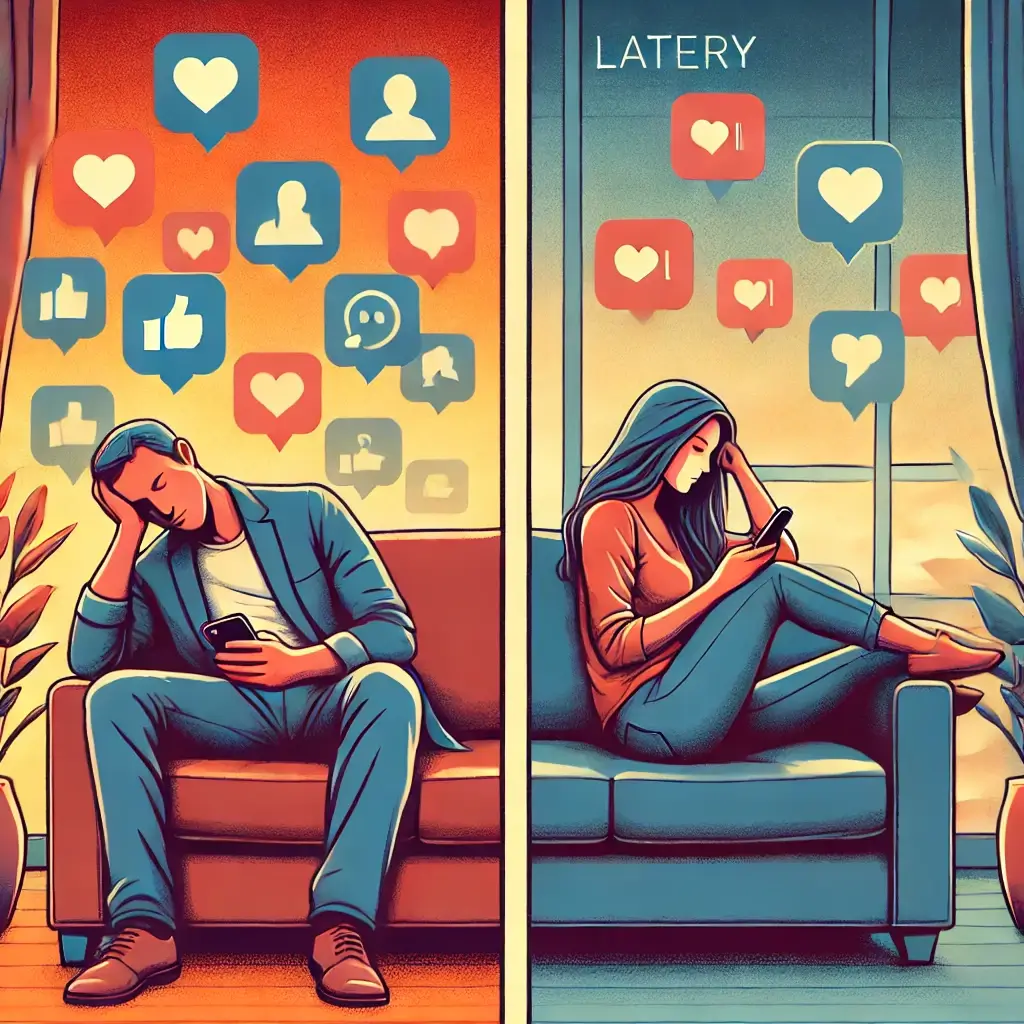The Digital Body Language Audit: What Your Response Times and Emoji Use Really Communicate
Introduction
In today’s swipe-left, tap-right world of modern dating, communication has shifted dramatically from face-to-face interactions to pixels and push notifications. Texting is no longer just a side tool—it has become the foundation of romantic expression. Whether it’s good morning messages or late-night confessions, your phone now broadcasts your **interest**, **availability**, and **emotional depth**.
This new medium has given rise to a concept known as digital body language. Originally coined in corporate communication, it now applies directly to dating. Much like a smirk or raised eyebrow in person, your response times, punctuation habits, and emoji choices convey subtle but critical signals. Think of them as your emotional fingerprints.
For singles from age 18 to 80, understanding how you digitally “speak” can make or break first impressions. Whether you’re comfortable crafting flirtatious GIFs or just learning what a 🥺 face means, mastering this new love dialect is essential. After all, who hasn’t panicked after getting a sudden “k” or wondered if waiting six hours to reply sends the wrong message?
Even more crucial—spontaneous delay isn’t always casual. Without tone and facial cues, the recipient assigns emotional meaning to the timing. A fast response might show eagerness or even desperation, while too slow could spark disinterest or anxiety.
And emojis? They’re no longer just playful add-ons. Their emotional weight can shift conversations. A 🤗 may feel warm to one person but overbearing to another. Misinterpreting intention is common—and often unintentional—especially across age groups or cultural backgrounds.
So, are your thumbs unintentionally ghosting your romantic chances? Maybe it’s time to audit your texting habits and reset the message you subconsciously send.
Research-Based Features
The insight into digital communication patterns is rooted in behavioral science, psychology, and relationship research—not just hunches.
The Journal of Social and Personal Relationships reported in 2021 that fast and consistent replies are closely linked to emotional satisfaction in relationships. The research concluded that attentiveness via text—what scholars called “textual attentiveness”—was viewed as a proxy for emotional presence. That means if you’re quick to respond and appropriately engaged in a conversation, your prospective partner is more likely to feel emotionally validated and valued.
Another pivotal study by the University of Toronto discovered that people who used emojis frequently were perceived as warmer, more inviting, and open to connection. Because emojis simulate expressions and vocal tones absent in text, they bridge the emotional gap of digital space. However, it’s crucial not to overuse them—too many emojis, especially romantic or affectionate ones too early, can backfire by making the sender seem immature or overly forward.
Dr. Nick Morgan, a respected communication expert and author of Can You Hear Me?, highlights that the brain fills in missing information in digital messages. Without tone, body language, or facial expressions, we tend to interpret neutral texts pessimistically—a concept called the negativity bias. For example, “Sure.” might sound agreeable when spoken, but via text, it might come across as passive-aggressive or frustrated.
Data from Bumble and Hinge shows similar behavior patterns: users who maintain a response window of 1–3 hours retain stronger engagement and build momentum. Beyond that time frame, conversations tend to fizzle or misinterpret one another’s intentions due to a lack of rhythm or flow.
The unintentional red flags to watch? Delayed replies may signal disinterest. One-word messages such as “k” or “lol” may seem aloof. And mass emoji use, especially of ❤️ or 😘 too soon, might feel overwhelming. Awareness of such nuances allows you to control how others perceive your emotional availability, interest, and communication style.
Conclusion
If you’re dating digitally, your digital body language is equally important as what you say—if not more. Your punctuation, emoji choices, texting frequency, and even typing quirks broadcast an emotional signature to potential partners. In many cases, people are choosing connections—or ending them—based solely on how you interact through a screen.
When you take the time to audit your messages and responses, you’re not just optimizing communication strategies—you’re building empathy, mutual understanding, and deeper connection. Whether it’s speeding up your response time, softening your tone with a smiley emoji 😊, or ditching the dreaded “k,” small adjustments can have powerful romantic outcomes.
In the age of screens and swipes, your thumbs are not just texting—they’re emotionally speaking for you. Make sure they’re saying what you want the other person to hear.
Concise Summary (100 words)
Your texting habits—response time, emoji use, and message tone—act as a powerful form of digital body language and significantly shape your online dating success. Research shows that fast replies and moderate emoji usage build emotional connection and trust, while delays or dry messages can unintentionally signal disinterest. Misinterpretations often occur due to the absence of non-verbal cues, reinforcing the importance of mindful messaging. By auditing your digital interactions, you can present a more emotionally aligned and appealing version of yourself, enhancing attraction and connection in modern dating.
References
– Journal of Social and Personal Relationships
– Frontiers in Psychology – Emoji Use Study
– Harvard Business Review – Negativity Bias in Messaging
– Dr. Nick Morgan – Can You Hear Me?
– Bumble Buzz Blog – Dating Data
– Hinge Medium Blog – Conversation Insights

Dominic E. is a passionate filmmaker navigating the exciting intersection of art and science. By day, he delves into the complexities of the human body as a full-time medical writer, meticulously translating intricate medical concepts into accessible and engaging narratives. By night, he explores the boundless realm of cinematic storytelling, crafting narratives that evoke emotion and challenge perspectives. Film Student and Full-time Medical Writer for ContentVendor.com




